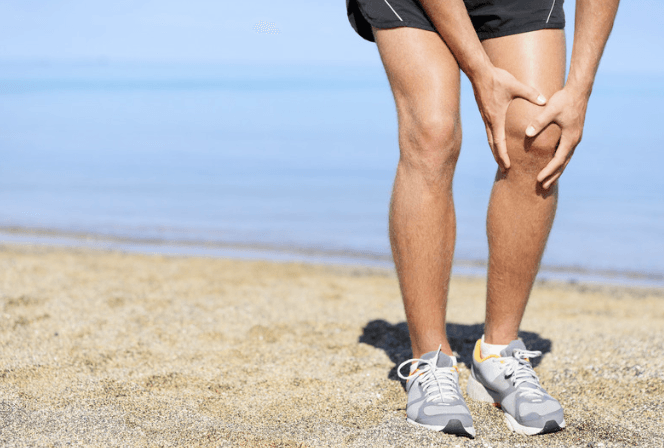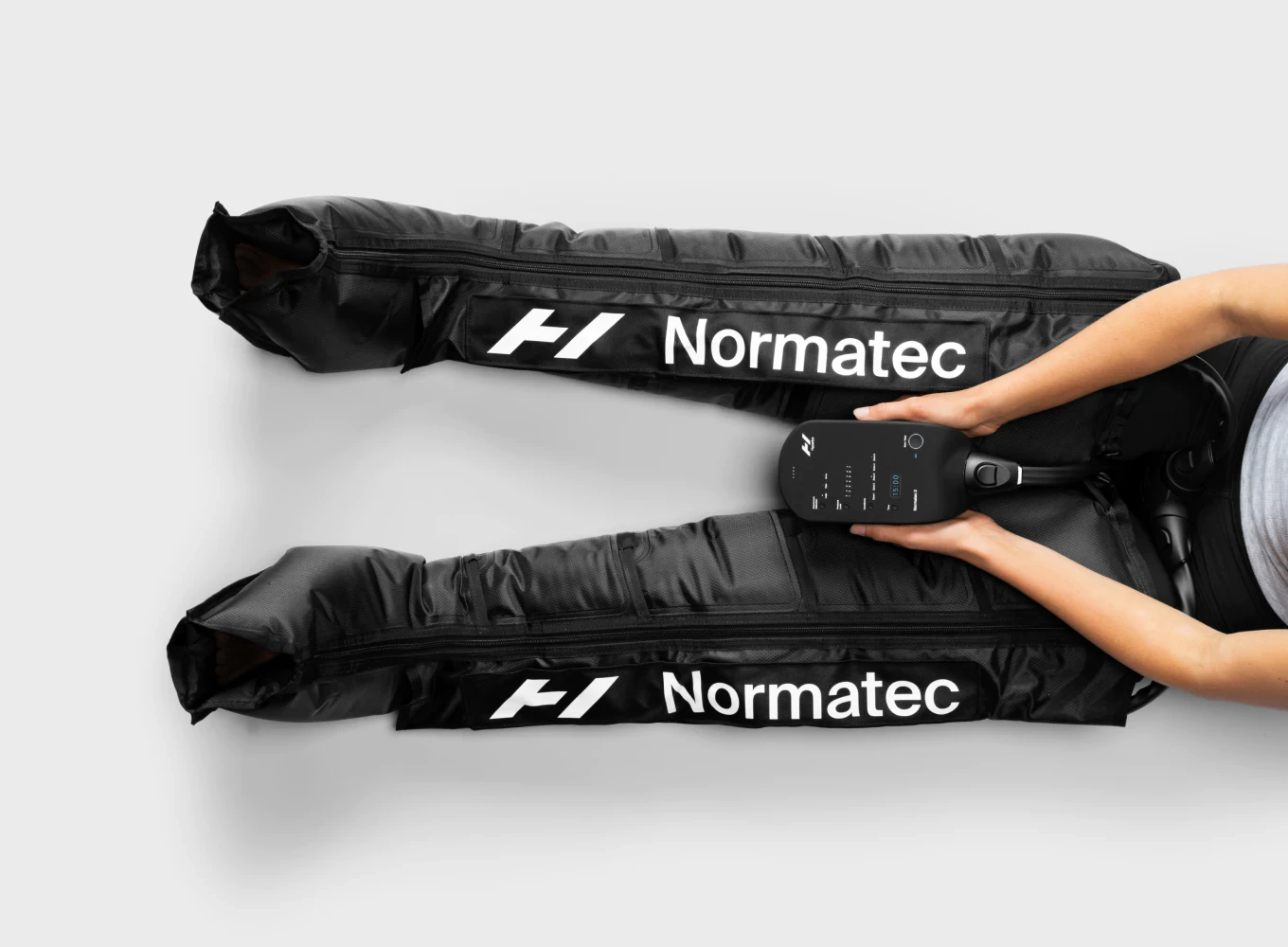Tips to Recovering from Running Injuries

Simple, straight forward advise but very effective. Do not do too much soon!
Overuse injury rates has a reported annual incidence varying between 30 and 79% (Buist et al, 2008). Many of these injuries are simple to avoid. If you follow these tips you will significantly reduce your chances of a running injury.
We have seen hundreds of running injuries, particularly since the first lockdown. With gyms, leisure centres and sports clubs closed many of you would have taken up running. Running is tough! We all expect our bodies to just be able to run, but it is demanding.
When you run impact forces are typically 2-4 times your body weight on every stride. These forces pass through your joints, muscles and tendons.
For example:
If you weigh 60kg and run at 6.30 mile pace (1072 strides), with impact forces at least 2 x body weight (120kg x 563) = 64320/64.32 tonnes per foot per mile!!
That is a lot of force so we recommend you follow these guidelines to prevent running injuries. In clinic we have seen many new runners with a variety of injuries, these have included stress fractures, tendinopathies, calf tears and many more…
A majority of these injures could have been avoided if they had stuck to these simple tips!
Tip 1: Have a rest day between runs
Do not run on back-to-back days unless you are a regular runner. For example, if you go a run on a Monday have a day off running on the Tuesday. Having a recovery day in between is really important for your body to recover, get stronger and get ready for the next run. If you run on consecutive days, especially if you are new to running you will significantly increase your risk of an injury.
Tip 2: Don’t progress too quickly
We would advise that you don’t increase how far you can run until you’ve successfully completed three consecutive runs of the same distance without any pain or discomfort. Once you have achieved this you can then increase the distance you run but beware not to just have ever increasing run distances, try to mix up your training and ensure you have some STRENGTH training as part of your training. See Tip 3!
Tip 3: ’The 10-20% rule’
We would advise that you only increase your running distance by a maximum of 10-20% between two runs, which again is individual to your situation. This is especially important if you are new to running or returning from injury. It is widely accepted that the volume of training must be increased gradually over time. This allows the body time to rest, recover and more importantly adapt to the training stimulus. Nielson et al, 2013, showed that increasing your training milage too quickly and too soon was associated with greater injury rates. This is particularly relevant if you are a novice runner.
This should also apply to your weekly mileage. You should aim to not exceed your weekly milage by greater than 10-20% each week. To ensure you do not increase your weekly mileage too quickly, monitor the number of miles you run per week. Most smart phones track this for you or you can use a simple free app like Strava.
Working example of the 10% rule:
If you run 20km in one week This may be 4 x 5km runs or 2 x 10k runs), the next week you would run 22km.
This would then be followed by running 24.2 km on one week. However talk to your physio if there is any confusion on how to apply this.
Tip 4 – The ‘Shoe’ Test
You must wear the right shoes. That does not mean they have to be the most expensive in the shop! The most important thing is they feel comfortable when you run, that they don’t rub too much and your foot feels supported. Do not just pick out the coolest shoes you have and just wear them. If they are really old, if they have holes, get some new ones!!!
Shoes are very personal and there is not one shoe that fits all. But if you are new to running you must ensure you have a shoe with good cushioning and stability. If your shoes are nice and sturdy, they’re going to give you some more stability, and that will reduce your chances of injury.
We would recommend you change your shoes at least every 400-500 miles.
Tip 5: Listen to your body.
It’s quite normal to get some aches and pains, particularly when you first start running. But it’s important to take that extra one or two days off in between your runs to give yourself time to recover, adapt and to ensure that any pain reduces. Before you go back to running you should be able to walk pain free and hop pain free on one leg.
Research informs us that simply thinking how tired feel i.e. subjective measures can be just as sensitive as objective measures (Saw et al, 2016). So if you feel tired, get some rest, have an earlier night and don’t return to running until you feel rested. Inadequate sleep has been shown to be a risk factor for lower limb stress fractures . Don’t underestimate how important sleep is!
If you are completely new to running the “Couch to 5km” is a great start. There is even an app!
In summary these Tips are generalised but always seek expert help and guidance as it will likely pay dividends having a robust plan in place to improve your running and stay injury free.
References:
- Saw, A.E., Main, L.C. and Gastin, P.B., 2016. Monitoring the athlete training response: subjective self-reported measures trump commonly used objective measures: a systematic review. British journal of sports medicine, 50(5), pp.281-291.
- Buist, I., Bredeweg, S.W., Van Mechelen, W., Lemmink, K.A., Pepping, G.J. and Diercks, R.L., 2008. No effect of a graded training program on the number of running-related injuries in novice runners: a randomized controlled trial. The American Journal of Sports Medicine>
- Nielsen, R.O., Cederholm, P., Buist, I., Sørensen, H., Lind, M. and Rasmussen, S., 2013. Can GPS be used to detect deleterious progression in training volume among runners?. The Journal of Strength & Conditioning Research, 27(6), pp.1471-1478.


